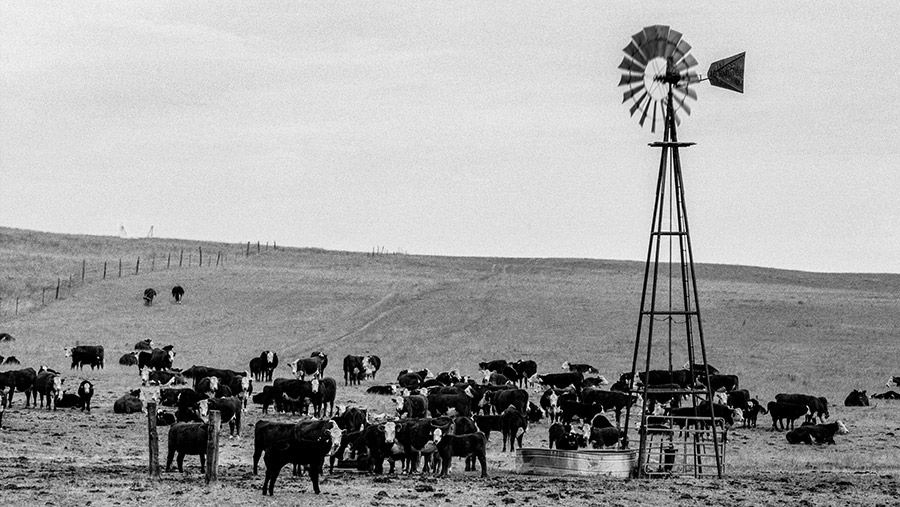Opinion: Beware ‘fatalism’ when it comes to difficult weather
 © Gerwin Schadl/Adobe Stock
© Gerwin Schadl/Adobe Stock If you browse the back copies of Farmers Weekly, it quickly becomes apparent that farmers have never been far from a weather crisis.
Photos of parched crops or flooded pasture pepper the pages right back to the start of Farmers Weekly in 1934.
The cartoons pick up on the doom-laden mentality of the farming community, as they curse the skies for sending the wrong sort of weather in the wrong place at the wrong time.
See also: Defra eases grazing rules on stewardship land to ease fodder crisis
Often there is expert opinion to back up the catastrophising.
In the mid-1930s, the chief of the air ministry can be found in the pages of the farming press suggesting the climate of the UK was becoming drier and farmers needed to prepare for more droughts.
That theory was quickly brushed under the carpet when some wet years swept in a few years later.
It was also during the early 1930s that the US Midwest had even more extreme “extreme” weather.
The once bountiful prairies started experiencing scorching summers with average daytime temperatures exceeding 30C and rainfall so low that the decade became remembered as the “dirty 30s” with dust-bowl conditions as topsoil was blown away.
John Steinbeck documented the human cost in his novel The Grapes of Wrath, which charts the story of the tenant farmers forced by drought to leave their farms.
In total, that decade of hotter, drier weather in the Midwest killed about 7,000 people and left two million homeless.
The heat and drought had a cascade effect on US agriculture. Wheat production fell by 36% and maize production plummeted by 48% during the 1930s.
Before someone assumes that I am prepping for some sort of denial of climate change, let me make it clear, I accept the science that man-made carbon emissions are starting to affect the weather.
Humanity needs to address this before it makes life very difficult for future generations.
But the events of the past year are a reminder of the intractable nature of this.
…let me make it clear, I accept the science that man-made carbon emissions are starting to affect the weather
On the one hand, soaring prices for fossil fuels should be welcomed as the best way to reduce their use and improve more efficient use.
On the other, the reality is that these price hikes are welcomed by few and despaired at by many, because of their impact on the economy and household incomes.
The main reason why I’ve harked back to the 1930s is to remember that, putting the climate change debate to one side, there has always been runs of challenging weather for farmers.
It is not in some way unique to our times. We need to be wary of fatalism – another characteristic that can hinder rather than help when it comes to food production.
Although the year is not yet over, I suspect 2022 will be remembered for its searing heat and a droughted landscape.
It will also be remembered for its easy harvest and surprisingly good yields in the face of what seemed very parched conditions as crops went through their final phases.
It was a year when combine breakdowns felt very relaxed, while the threat of combine fires felt very real.
What will harvest 2023 have in store? I would not second guess it, but as we now work towards it, a new story to tell the grandchildren starts to unfold.

